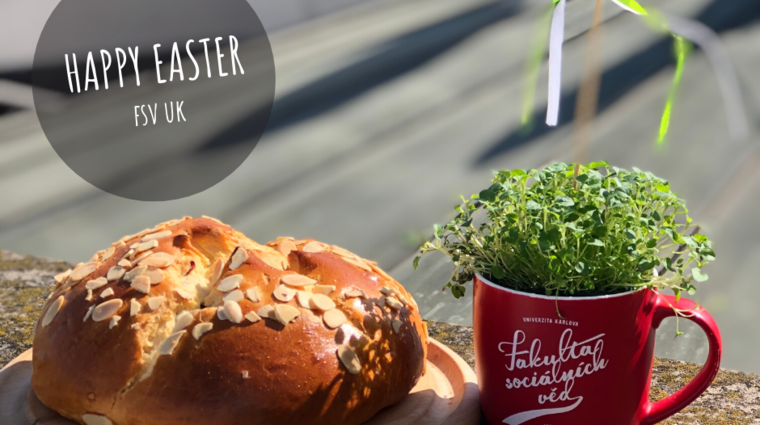Happy Easter - Vesele Velikonoce - Czech Easter explained

Happy Easter - Vesele Velikonoce - Czech Easter explained
For most people, Easter is an indication of spring, although, of course, they know it is the most important Christian holiday. Easter Sunday is always celebrated on the first weekend after the first full moon, following the equinox. But a week before, the period known as the Passion Week begins. During it, Christians remember the last days of Jesus Christ - betrayal, crucifixion, and resurrection. Pagan customs go hand in hand with Christian symbolism.
While for Christians, the first important day is Ugly Wednesday, which this year was on April 8, pagan customs also refer to Blue or Yellow Monday, which marked the beginning of spring household cleaning. On Gray Tuesday, it was cleaned, and spiderwebs were swept from the corners.
Green Thursday
Let's start with Green Thursday as it is probably the most memorable due to the green beer. But what you probably don't know is that on Green Thursday, you should eat spinach, cabbage, or nettle salad to keep you healthy all year round, as one of Easter's customs says. According to another superstition, you should abstain and eat only vegetables.
On that day, Christians commemorate the Last Supper of the Lord, on which Jesus ordained Holy Communion. In the evening, the bells depart for Rome, the churches are silent until White Saturday, and the ringing replaces children with ratchets. Their sound is said to drive impure forces out of houses and buildings.
Good Friday (Velký pátek)
On Good Friday Christians commemorate the crucifixion of Jesus Christ. According to the Gospels, he died on the cross at three o'clock in the afternoon. In memory of his suffering, ceremonies take place at this time. Fundamental religious practice is fasting. The other customs that are observed on this day are pagan.
Good Friday is associated with magic, according to superstitions. For example, the treasures in the rocks and the memorable Mount Blaník should be opened. In the past, it was believed that water from mountain springs turned into wine.
White Saturday
White Saturday is a day of silence and anticipation for believers. Christians still fast and mourn Jesus Christ in the grave. The designation White is derivated from the color of the robes of the new baptists. These were accepted into the community of believers in the early church on the eve of Christ's resurrection. The white color symbolizes purity, hope, and new life.
Easter Sunday
On the night of Saturday to Sunday, Jesus rose from the dead, and the Great Night (Velká noc) comes, followed by Easter Monday. Christians rejoice in the day of the coming of the Lord.
Easter dishes were baked such as sweet bread mazanec, bread, and lambs. And whoever tasted the "holy lamb" that day found, according to superstition, a lost path in the woods. And it not necessarily means that you have to eat a meaty lamb as you can bake sweet one lamb shaped (called beránek).
Easter Monday culminates with a whip!
Easter ends with an old custom, a whip. On Easter Monday, a woman or a girl should be whipped with fresh rods to keep her young and healthy. According to one interpretation, the whip (pomlázka) is a symbol of the fertilization act as male whippers receive eggs from women. In Moravia, especially, Easter eggs are decorated by hand using a variety of stunning techniques including batik and wrapping in a fine decorative wire which has made them world-renowned.
We wish you to have a great time to paint some colorful eggs, eat a beránek, and spend time with friends and family. Happy Easter!
Author: Michaela Čuprová





